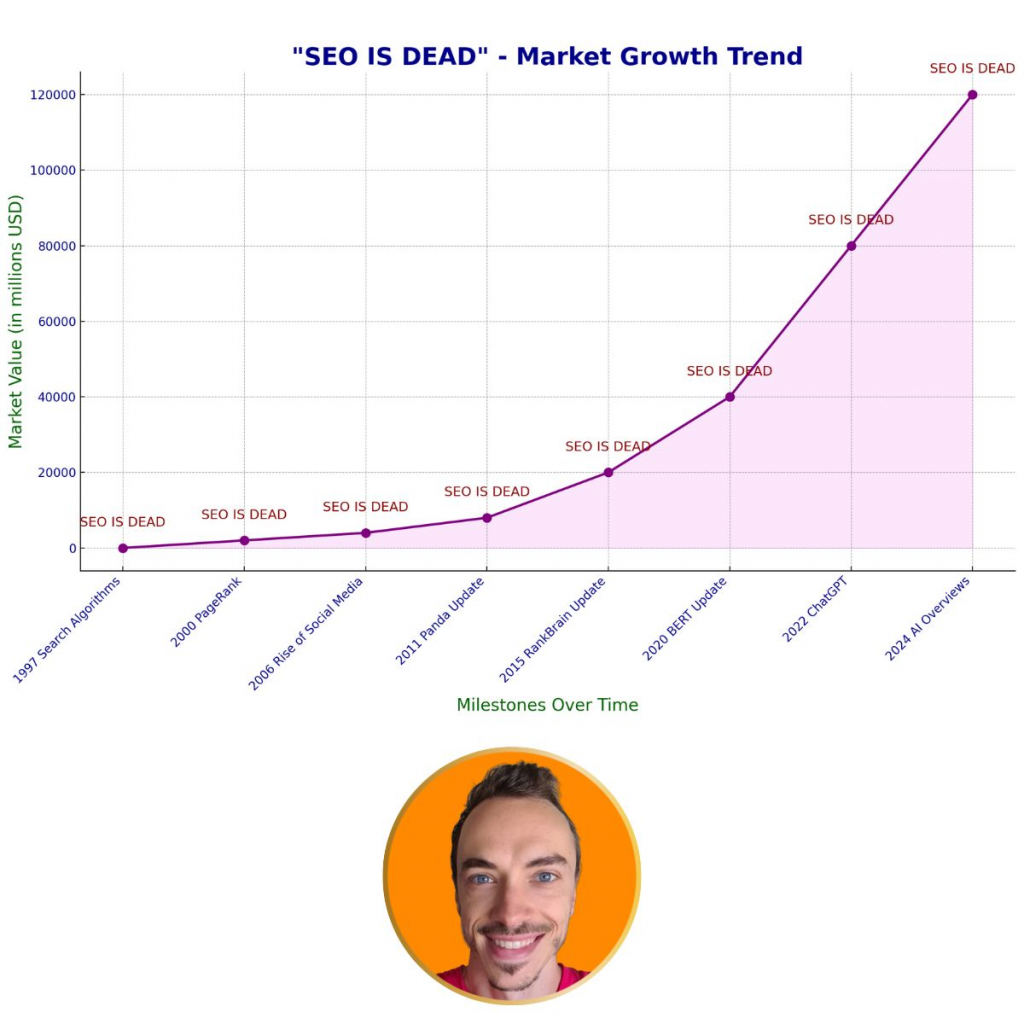Sam Altman’s June 10, 2025 post on achieving singularity captured something I’ve been thinking about lately. There’s a particular passage that perfectly describes how we’re constantly ratcheting up our expectations:
Already we live with incredible digital intelligence, and after some initial shock, most of us are pretty used to it. Very quickly we go from being amazed that AI can generate a beautifully-written paragraph to wondering when it can generate a beautifully-written novel; or from being amazed that it can make live-saving medical diagnoses to wondering when it can develop the cures; or from being amazed it can create a small computer program to wondering when it can create an entire new company. This is how the singularity goes: wonders become routine, and then table stakes.
This hits at something fundamental about human psychology. We have this remarkable ability to normalize the extraordinary, almost immediately.
I see this everywhere now. My kids casually ask AI to help with homework in ways that would have seemed like science fiction just three years ago. We’ve gone from “can AI write coherent sentences?” to “why can’t it write a perfect screenplay?” in what feels like months.
The progression Altman describes—paragraph to novel, diagnosis to cure, program to company—isn’t just about AI capabilities scaling up. It’s about how our mental models adjust. Each breakthrough becomes the new baseline, not the ceiling.
What struck me most is his phrase: “wonders become routine, and then table stakes.” That’s exactly it. The wonder doesn’t disappear because the technology got worse—it disappears because we got used to it. And then we need something even more impressive to feel that same sense of possibility.

